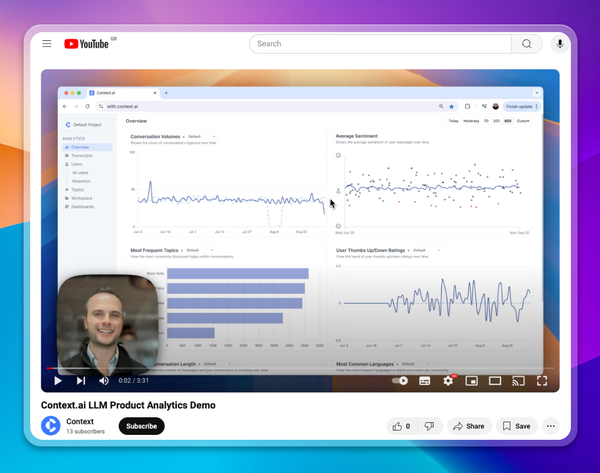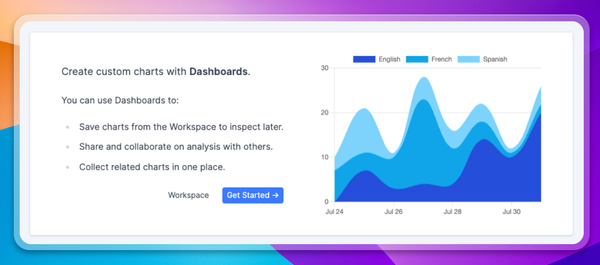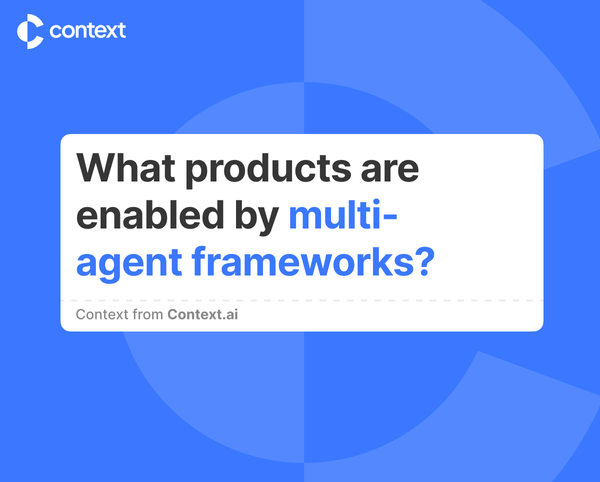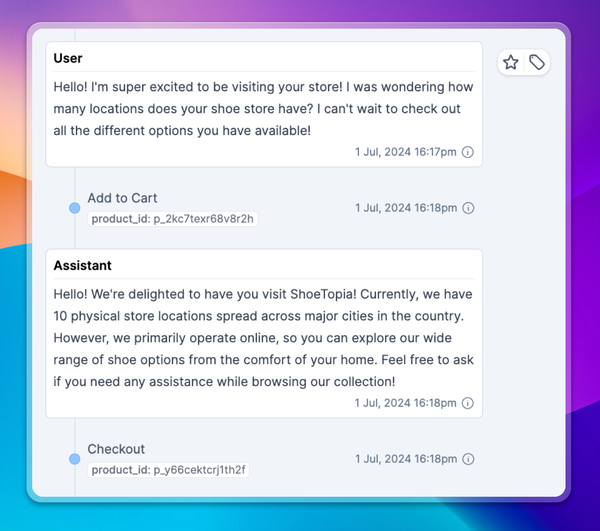Lessons from 100 conversations with chat product builders
I quit my job at Google to work on the future of AI chat products. I’ve talked to approx 100 developers of LLM-powered chat products, and I’ve learned interesting lessons about the future of the space.

I quit my job at Google to work on the future of AI chat products. I deeply believe in their potential to deliver amazing new experiences, but obviously I don’t expect anyone to take my word for it. I’ve talked to approx 100 developers of LLM-powered chat products, and I’ve learned interesting lessons about the future of the space.
First, there is an incredible level of enthusiasm from companies large and small to adopt this technology. User demand signals are already strong, with ChatGPT reportedly hitting 100 million users in only two months. But businesses are investing far ahead of this demand, allocating valuable engineering resources to develop products in what is relatively new and unproven ground.
Businesses across many verticals are experimenting with this technology, but I’m seeing most success and user traction in two areas:
- Entertainment. Companies such as Character.AI, Snap MyAI, and Replika are building great experiences for users, and their subreddits speak to the high level of engagement with their products.
- Conversational commerce. Companies from Algolia to Klarna have announced interesting conversational commerce features, bringing chat-based product recommendation and advice to users.
But the space isn’t without challenges. We’re seeing a large number of obstacles for businesses to navigate, particularly as they move from building demos to production-ready products:
- Understanding user behaviour. Many developers I speak with say their chat products feel like they exist in a black box – they don’t know how users are interacting with them. This lack of user understanding is a challenge for founders and product people, who require deep user understanding to build compelling products.
- Understanding product performance. Related to the above point, but perhaps even more concerning, is the lack of visibility into product performance. Not only do builders not yet have a good grasp of how people are using their products, but following from that they also don’t know how well their product is meeting the various goals of the users.
- Risky conversation topics. Businesses that have launched chat experiences to production are increasingly mindful of the large numbers of sensitive conversation topics that can be discussed. These topics can introduce significant reputational risk, and builders are mindful they don’t want their product handling sensitive topics inappropriately – and certainly they don’t want to go viral on Twitter, or appear in the New York Times.
- Feature discovery. An empty chat box is daunting, and doesn’t spur a user into action. Graphical user interfaces bombard users with buttons, images, and videos to prompt them to move through a product. In contrast, chat interfaces mostly serve an empty text input box for users to start their own journey. We’re seeing some product builders address this user education problem with suggested queries around the chatbox.
- Latency. The end result of these experiences is often amazing, but for many users the results take just a little bit too long to load. This is a top focus of many developers I speak with, and is sure to improve over the next 6 to 18 months as foundational models continue their exponential improvement.
- Hallucination. LLMs are prone to make things up – and to do so confidently. This risk is top of mind for many developers who need a reliably accurate experience for end users. Perhaps this is why lower-stakes entertainment products are seeing great adoption?
- Privacy. This isn’t yet a top pain, but it will become increasingly important as the ecosystem matures. Users are entering sensitive information into chat experiences, and product builders need to ensure this personal, financial, or even medical information is being handled appropriately – and not being sent to foundational model providers to be trained on.
A surprisingly large share of businesses are building in-house tooling to address these challenges. This is hard to do well, expensive, and distracts from core product development. In Bezos’ words – it doesn’t make the beer taste better.
Alex and I are building Context to help businesses manage these challenges. Are you developing a chat product? Do you have a chat product launched but don’t have a good understanding of how people are using it, or if user needs are being met? I’d love to talk to you! Drop me an email at henry@woolly.ai





